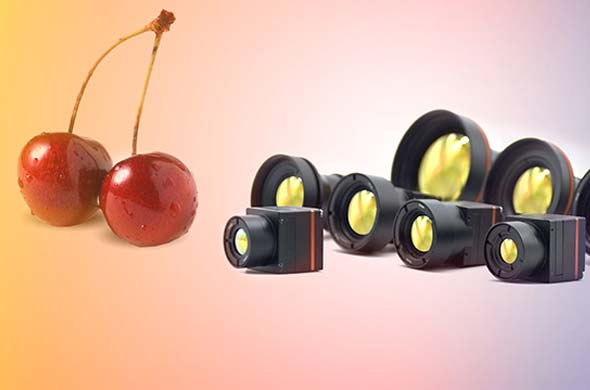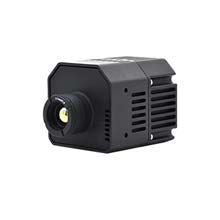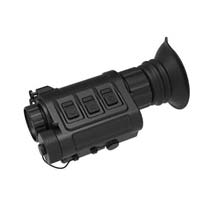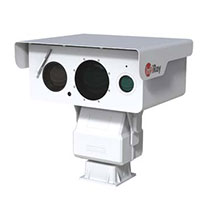Who Needs Thermal Imaging and Why It Matters

In today's world, where technology plays a pivotal role in various sectors, thermal imaging has emerged as a game-changer. But who exactly needs thermal cameras, and why is it so crucial? Let's delve into this fascinating technology and explore its wide-ranging applications.
What is Thermal Imaging?
Thermal imaging, also known as infrared thermography, is a technique used to capture the heat emitted by objects and convert it into a visible image. Unlike traditional cameras, which rely on visible light, thermal cameras detect infrared radiation, allowing them to create images based on temperature differences.
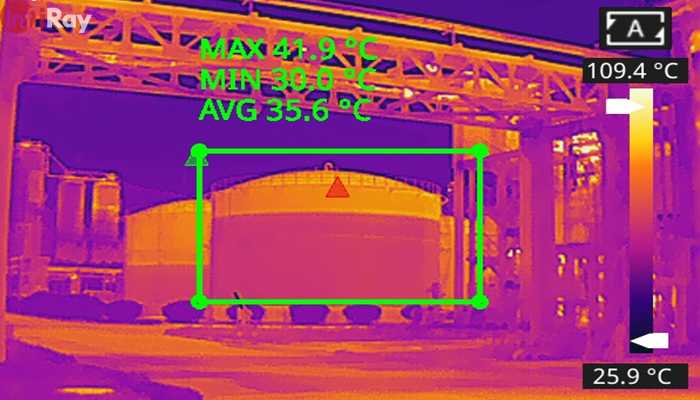
Applications of Thermal Imaging
1. Industrial Sector
In industries such as manufacturing, predictive maintenance is vital for preventing costly equipment breakdowns. Thermal imaging helps identify potential issues by detecting abnormal heat patterns, allowing maintenance teams to take proactive measures before problems escalate. Moreover, it assists in quality control processes by detecting defects that may not be visible to the naked eye. Additionally, the thermal imager promotes energy efficiency by pinpointing areas of heat loss in industrial facilities.
2. Construction and Building Inspections
In the construction industry, thermal imaging plays a crucial role in building inspections. By detecting heat loss and moisture intrusion, thermal cameras help identify insulation deficiencies and water leaks, ensuring that buildings meet regulatory standards and remain structurally sound.
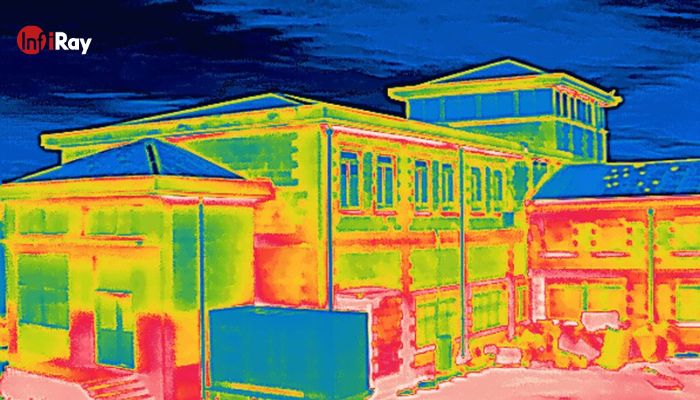
3. Firefighting and Public Safety
Thermal imaging technology aids firefighters in locating individuals trapped in burning buildings, even in low-visibility conditions. Furthermore, it enables early detection of fires and hotspots, allowing firefighters to respond swiftly and prevent further damage. Beyond firefighting, the thermal imager assists enforcement agencies in search and rescue operations, locating missing persons efficiently.
4. Medical and Healthcare
In the medical field, thermal imaging has diverse applications, from diagnosing diseases to monitoring patients' vital signs. It helps healthcare professionals detect abnormalities in blood flow and identify conditions such as inflammation, making it a valuable tool in early disease detection and treatment monitoring.
5. Wildlife Monitoring and Conservation
Thermal imaging technology is increasingly used in wildlife monitoring and conservation efforts. It allows researchers to track animal movements, study habitats, and identify endangered species, contributing to biodiversity conservation and ecological research.
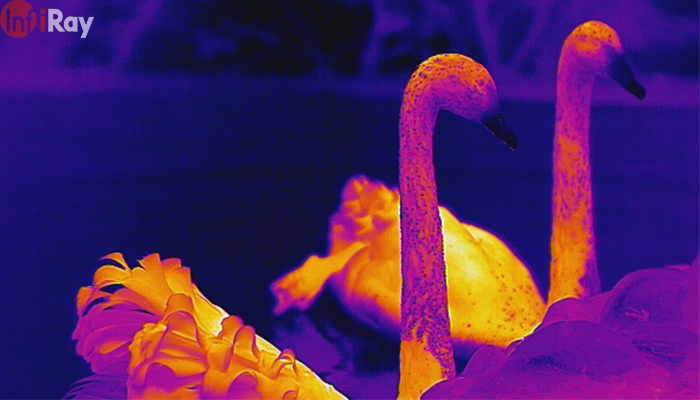
Who Benefits from Thermal Imaging?
A. Industries
Industries such as manufacturing, oil, and gas benefit from thermal imaging by enhancing operational efficiency, ensuring safety, and reducing downtime.
B. Professionals
Engineers, architects, firefighters, and healthcare professionals leverage thermal imaging to perform their duties more effectively, leading to improved outcomes and increased safety.
C. Individuals
Homeowners use thermal cameras for various purposes, such as detecting energy inefficiencies in their homes and identifying potential structural issues. Outdoor enthusiasts rely on thermal cameras for activities like hunting and wildlife observation.
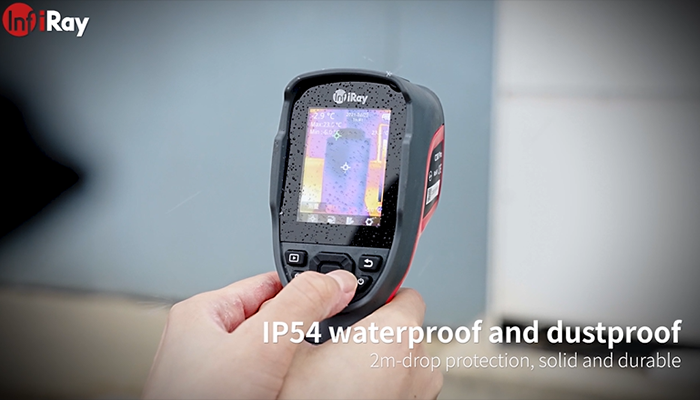
Why Thermal Imaging Matters
A. Enhancing Safety and Security
Thermal imaging technology enhances safety and security across various sectors by enabling early detection of hazards, reducing the risk of accidents, and improving emergency response capabilities.
B. Improving Efficiency and Productivity
By identifying problems before they escalate, thermal imaging helps organizations minimize downtime, optimize resource allocation, and streamline processes, leading to increased productivity and profitability.
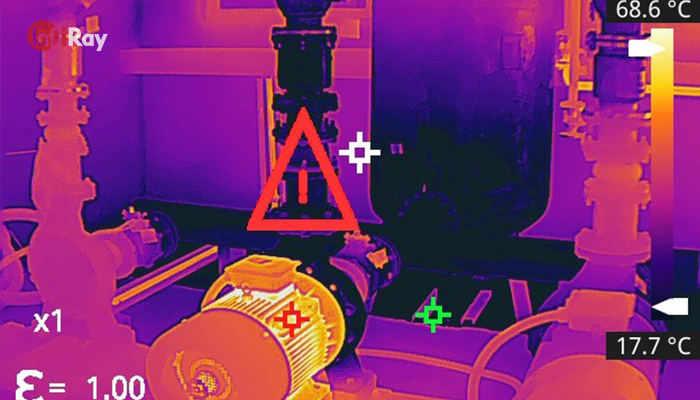
C. Saving Costs in the Long Run
Although the initial investment in thermal imaging technology may seem significant, the long-term benefits outweigh the costs. By preventing equipment failures, reducing energy consumption, and minimizing damage, the thermal imager helps organizations save money in the long run.
D. Contributing to Environmental Conservation
The thermal imager supports environmental conservation efforts by facilitating habitat monitoring, identifying environmental hazards, and promoting sustainable practices in various industries.
Thermal imaging is not just a technology; it's a powerful tool that has revolutionized multiple industries and sectors. From improving safety and efficiency to contributing to environmental conservation, the applications of thermal cameras are vast and far-reaching. Whether you're a manufacturer looking to optimize operations or a homeowner seeking to enhance energy efficiency, thermal cameras have something to offer.

 français
français  Deutsch
Deutsch  Español
Español  italiano
italiano  русский
русский  português
português  العربية
العربية  日本語
日本語  한국어
한국어  magyar
magyar 







